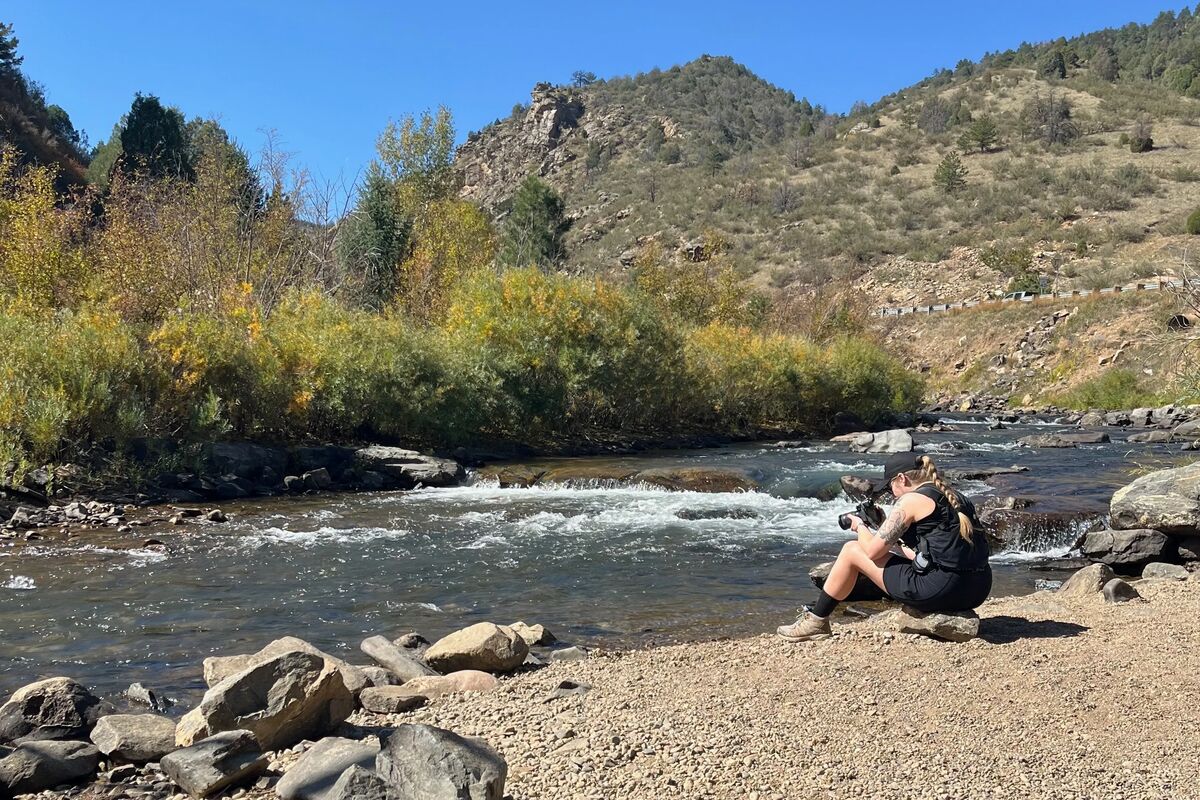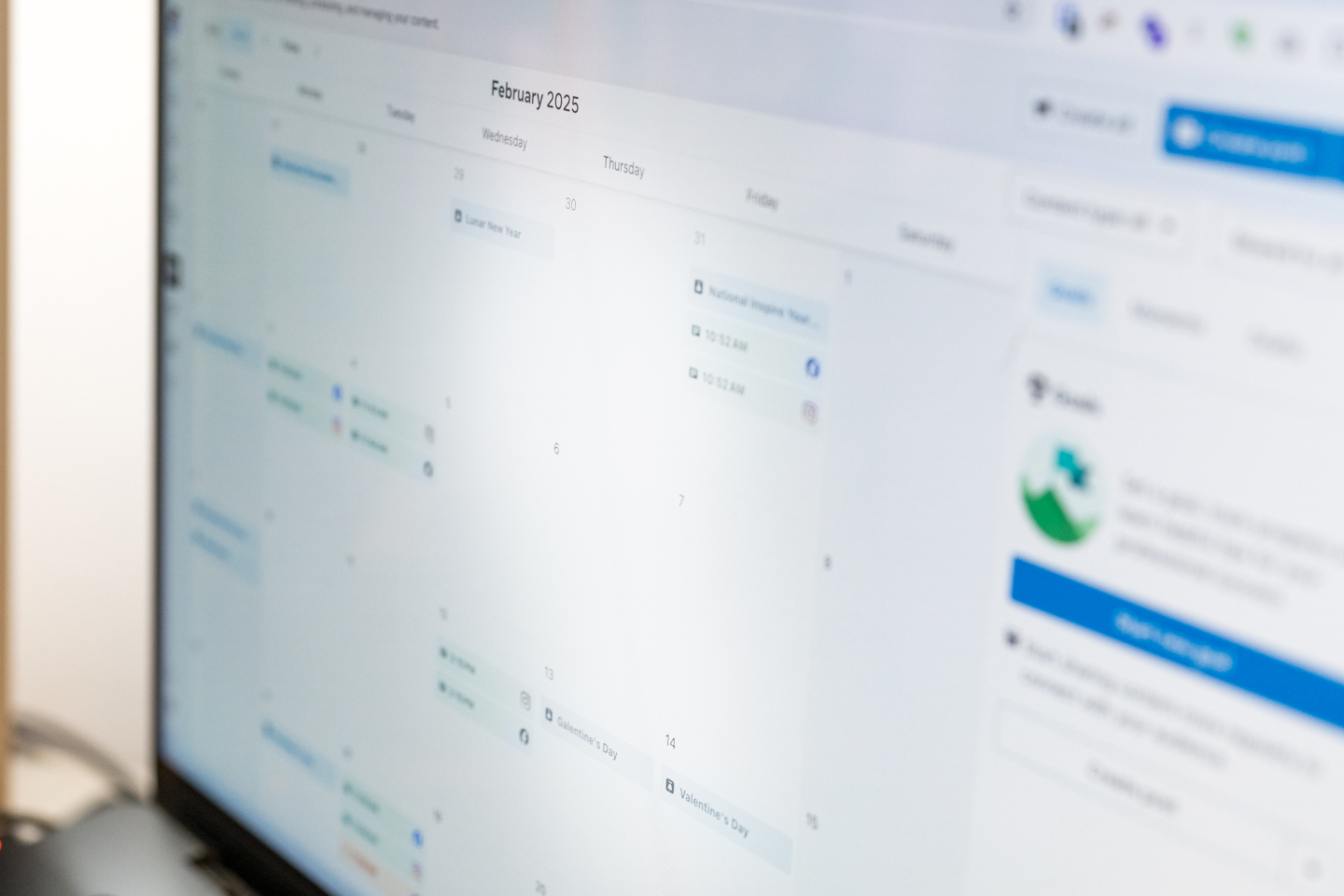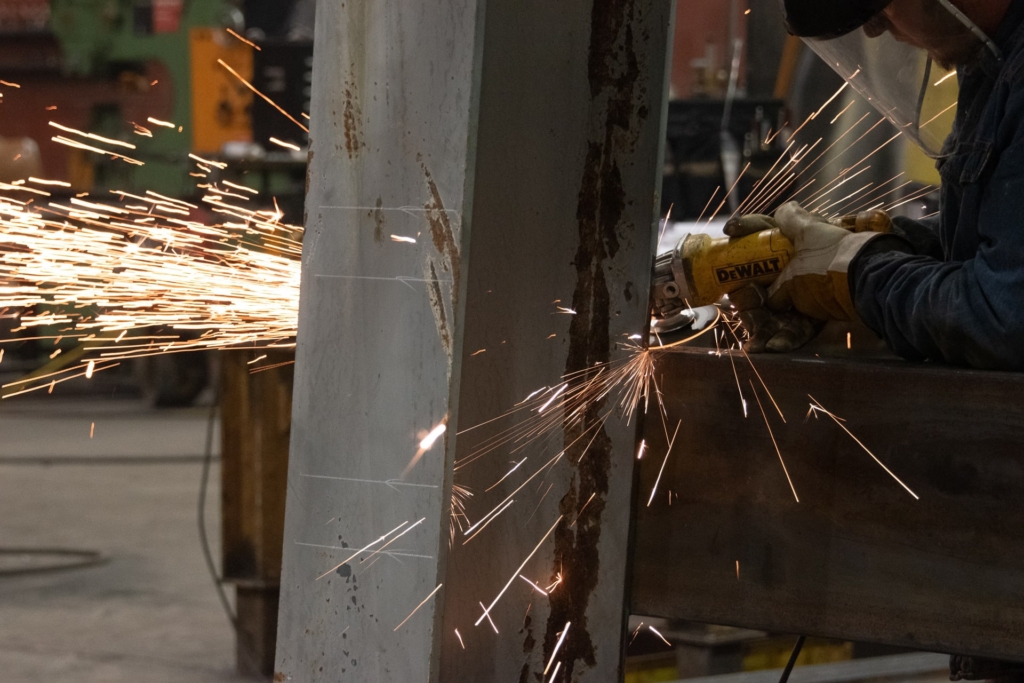
Great on-site construction photography isn’t just about snapping pictures—it’s about capturing a company’s story with strategy and intent. From hero images to supplementary visuals for websites, we compose every shot with purpose. Whether it’s a branded hard hat, a team member walking toward a company truck, or a drone’s-eye view of the job site, every detail reinforces the company’s brand.
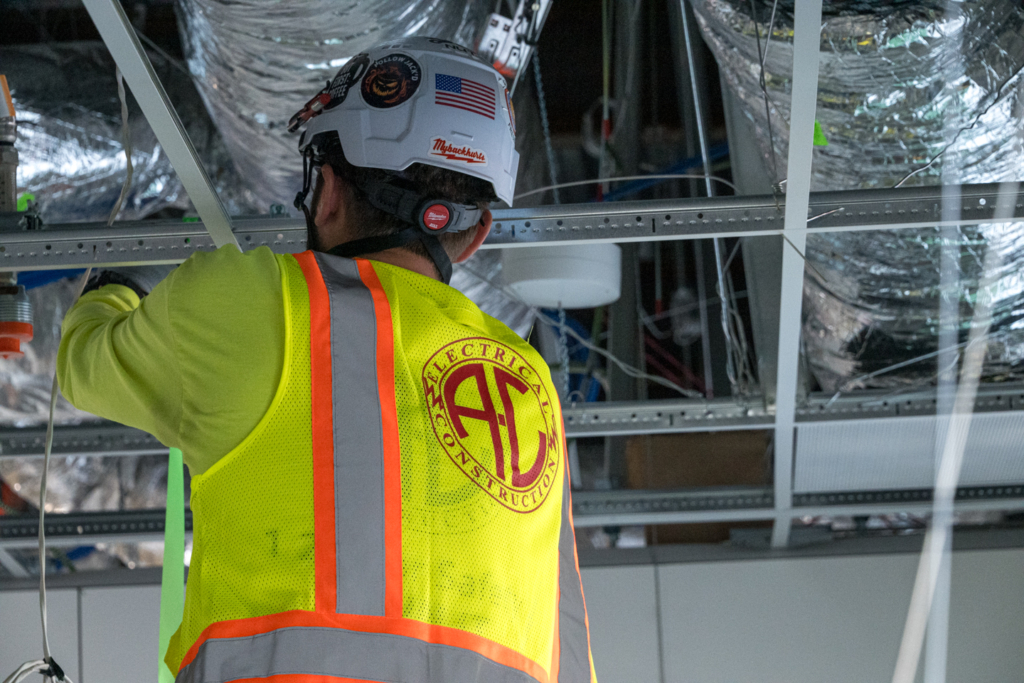
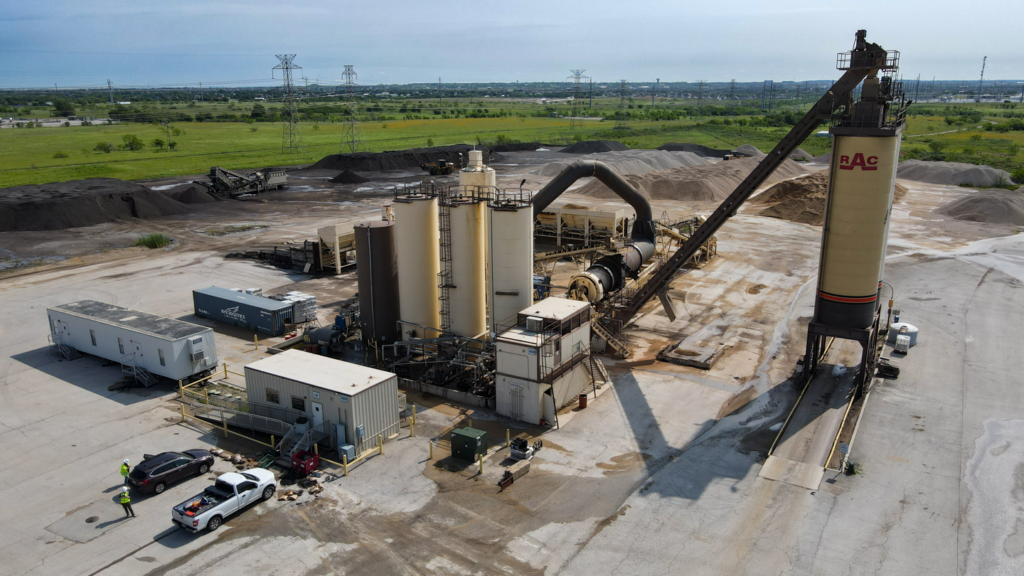

Before an on-site visit, we set aside time for a logistics call to dive deeper into what locations we will be visiting, who we’ll be meeting with, any climate or weather impacts we need to be made aware of, safety precautions, and most importantly—what their ultimate goals are for a content shoot. Is it showcasing their people? Highlighting specific equipment? Capturing unique processes or breadth of work? This part of the process is critical—by having a deep dive into the client’s business before the visit, we’re able to make the most out of the active time we spend with them.
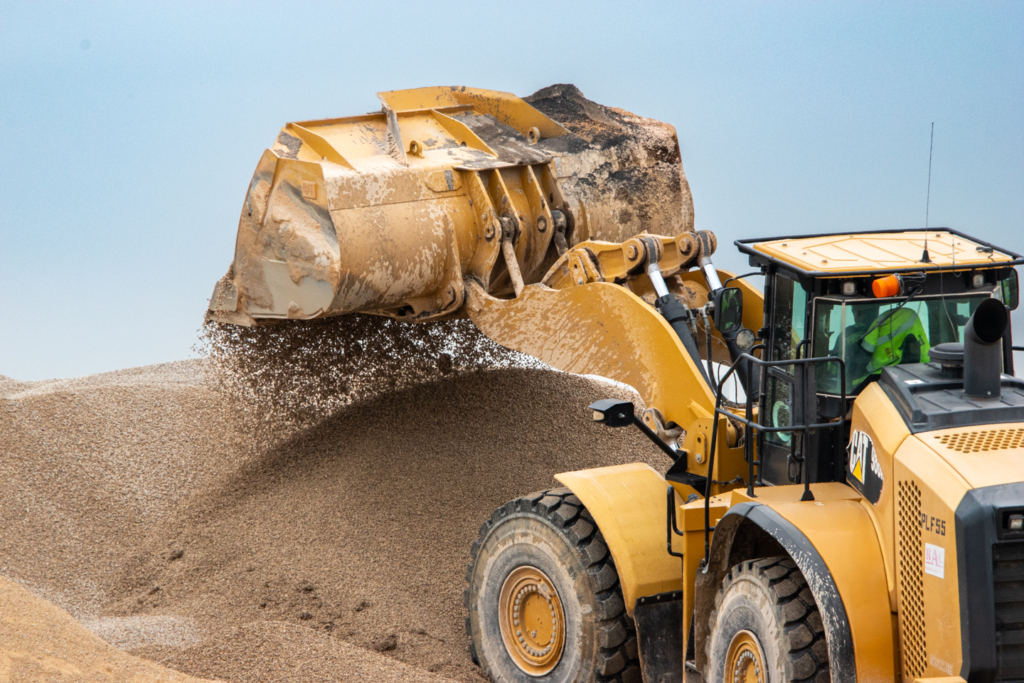
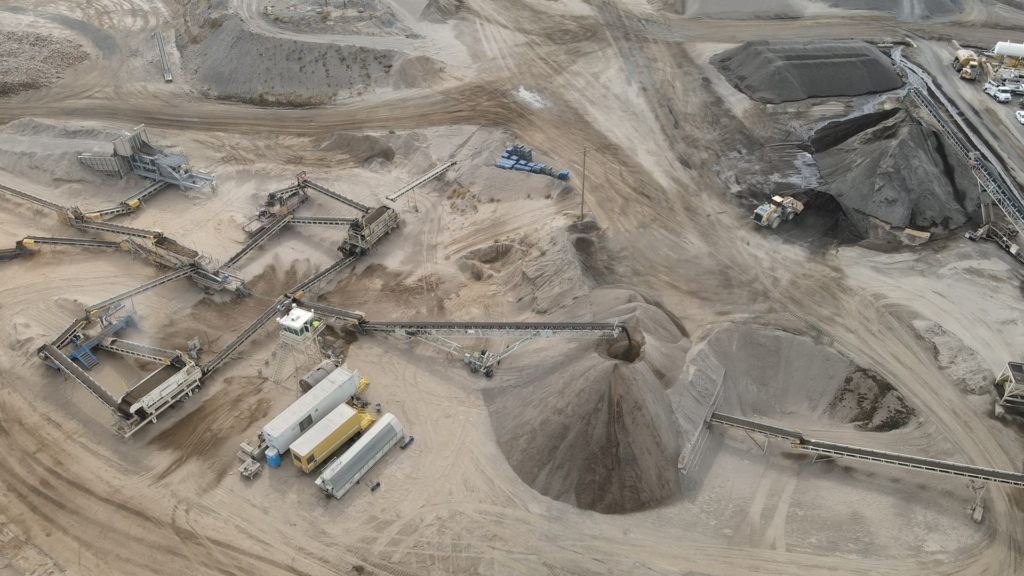
What I look for on job sites:
- Teamwork in Action: Employees collaborating, interacting, or doing active work.
- Brand Reinforcement: Back of a branded vest, hard hats, or vehicles in the background.
- Unique Angles: Drone footage for a top-down perspective or shots that highlight the scope of a project.
- Authenticity: Not every job site is pristine—construction can be gritty, but that rawness adds authenticity to the story.
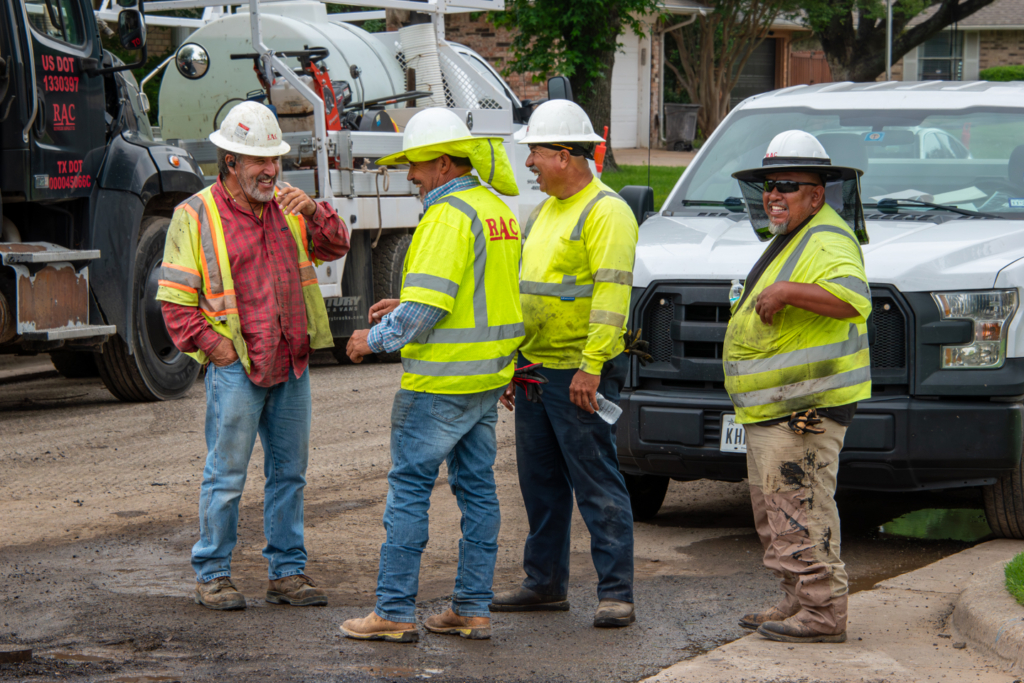
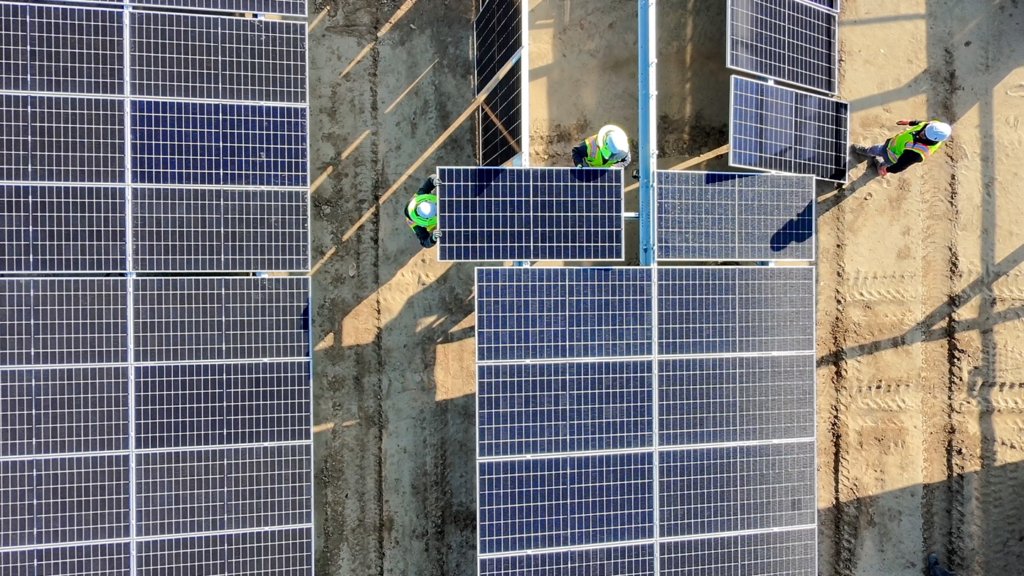
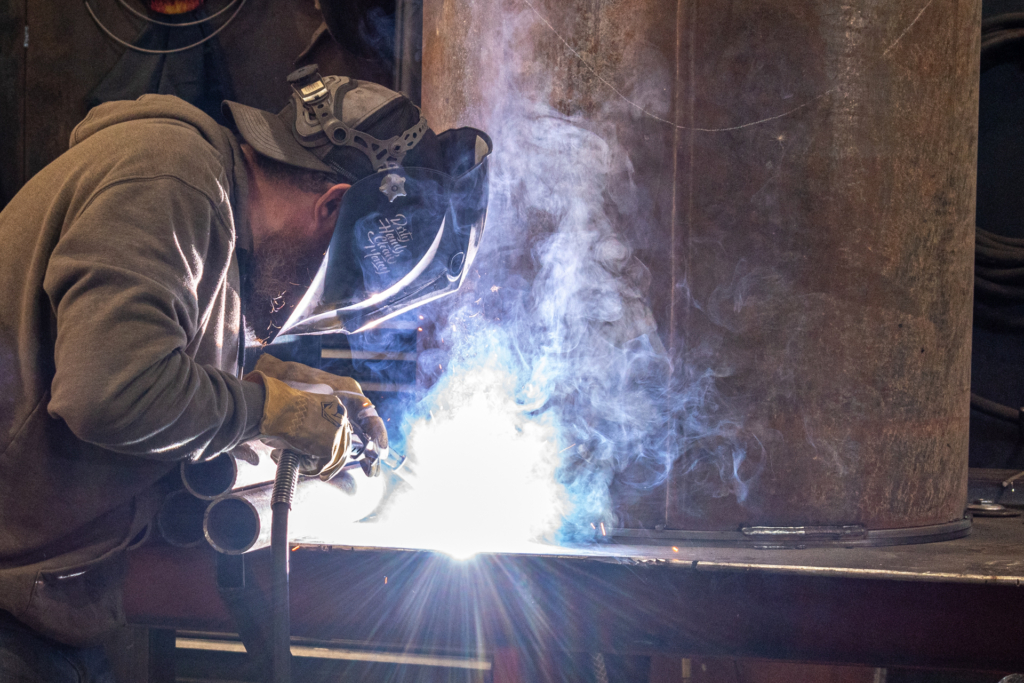
At the end of the day, it’s about bringing the company’s story to life through visuals. I want potential clients and employees to look at the website and feel connected to the team, the culture, and the incredible work they do.
If you’re looking to elevate your brand with authentic, purposeful photography that highlights your people, your process, and the pride in your work—let’s talk. Reach out to schedule a logistics call and start planning your next on-site shoot.
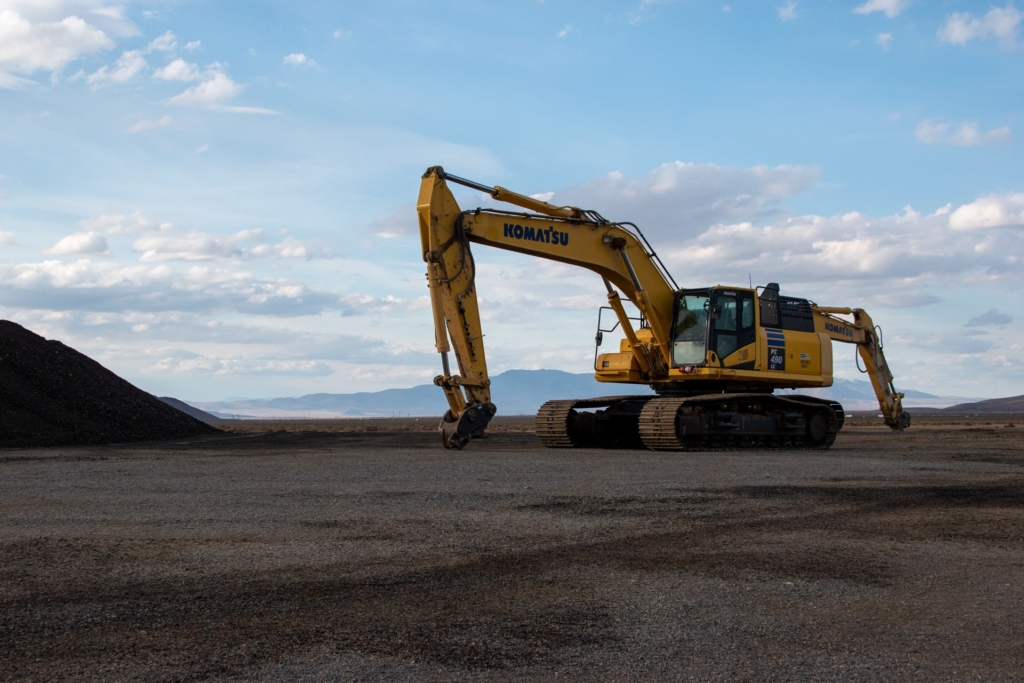
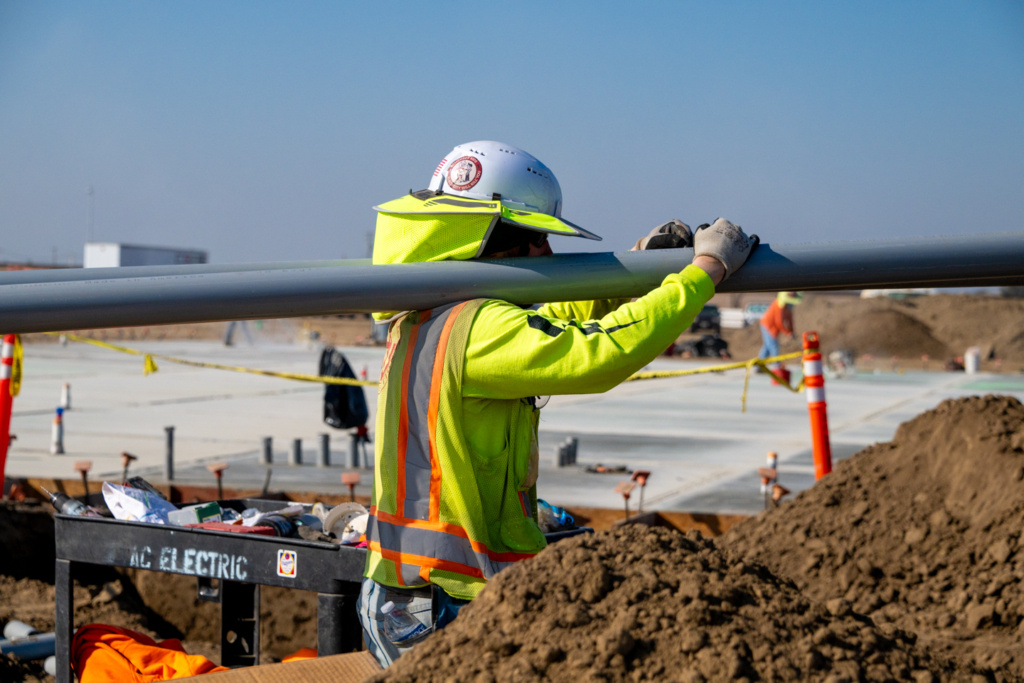
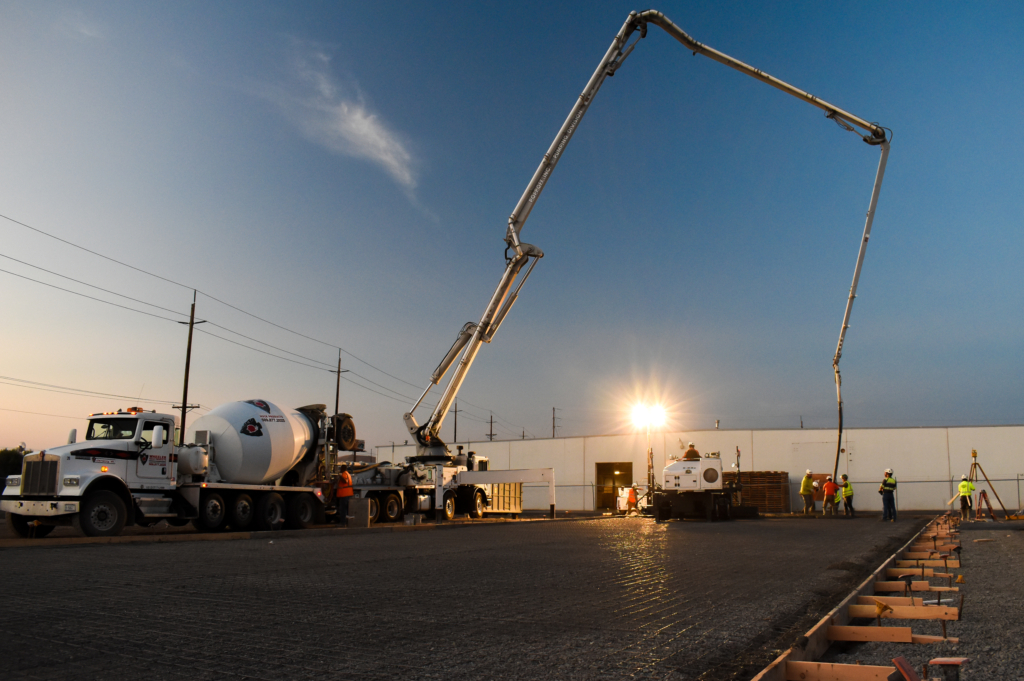

About the Author
Mary-Ann Zykin is the founder of Zykin Design, where she helps companies and individuals solve their branding and digital challenges through collaborative relationships that evolve with their business.
